You’re trying your best—but your dog’s still chewing shoes, ignoring commands, or bolting out the door like it’s the Indy 500. What gives? Sometimes, the problem isn’t your pup. It’s the method. Well-meaning owners make the same training mistakes over and over—and dogs? They’re left confused, stressed, or downright disobedient. But here’s the good news: You can turn it all around. With a few smart tweaks (and zero yelling), your dog can finally start listening—and even loving—the process. Let’s break down 9 common mistakes that might be holding you both back… and 10 sanity-saving tips that actually work.
Mistake 1: Inconsistency
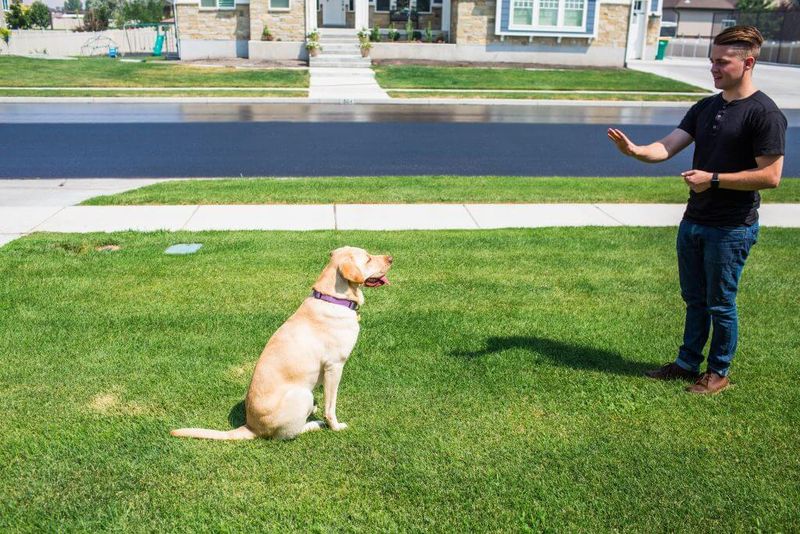
Inconsistency is a common hurdle in dog training. Imagine giving your dog mixed signals—allowing them on the couch one day and scolding them the next. Such inconsistency confuses the dog. Dogs thrive on routine and predictability. Without it, they become uncertain about what’s expected.
For instance, if you command “sit” and sometimes reward, but other times ignore this, the dog may learn to ignore the command. Consistent signals and rewards help cement the desired behavior.
Establishing clear, consistent rules and sticking to them fosters a trustworthy environment for your dog.
Mistake 2: Neglecting Socialization
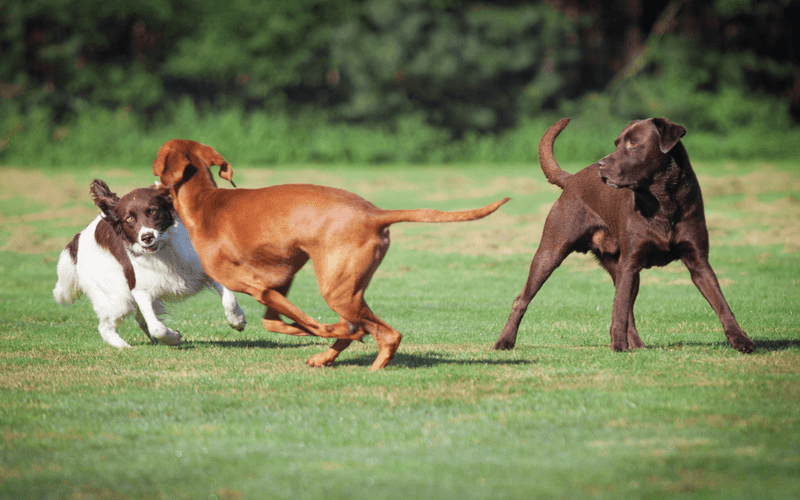
Neglecting socialization is a critical error. Imagine a dog that panics if someone new enters the home. Socialization is crucial for building a well-adjusted pet.
During the early months, expose your dog to different environments, people, and other animals. This exposure helps them adapt to various situations and reduces fear or aggression.
Consider regular playdates with other dogs, or visits to dog-friendly spaces. The goal is to help your dog feel comfortable and confident in diverse settings, ensuring a balanced and sociable pet.
Mistake 3: Using Harsh Discipline
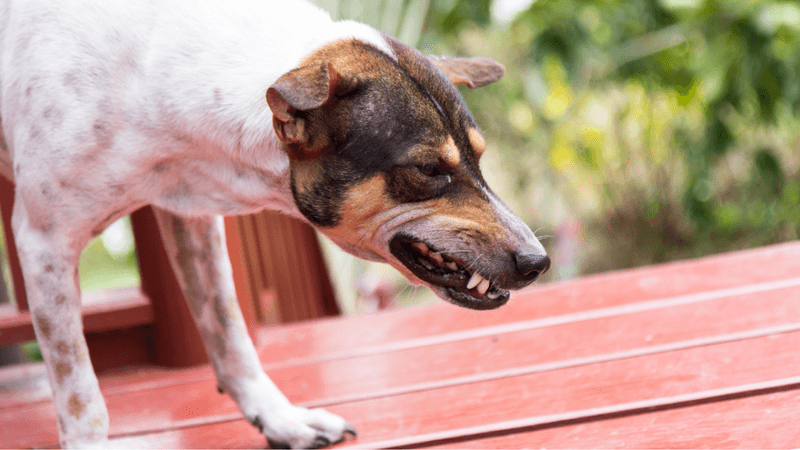
Harsh discipline can harm the bond with your dog. Imagine an environment where punishment is frequent. Dogs subjected to this often exhibit anxiety or fear.
Instead of harsh corrections, focus on positive reinforcement. Reward desired behaviors with treats or praise, making training a positive experience.
Dogs learn better in a supportive environment where they feel safe. Kindness and patience can transform your dog’s behavior more effectively than fear-based methods. Foster trust and cooperation by using gentle guidance in training.
Mistake 4: Ignoring Exercise Needs

Ignoring exercise needs can lead to behavioral issues. Picture a high-energy dog stuck indoors—it might chew furniture out of boredom. Regular physical activity is vital for a dog’s physical and mental health.
Different breeds require varying exercise levels. For example, a Border Collie needs more activity than a Bulldog. Tailor exercise routines to suit your dog’s needs.
Engaging in regular walks, play sessions, and interactive games keeps your dog content and less likely to engage in destructive behavior.
Mistake 5: Overfeeding with Treats
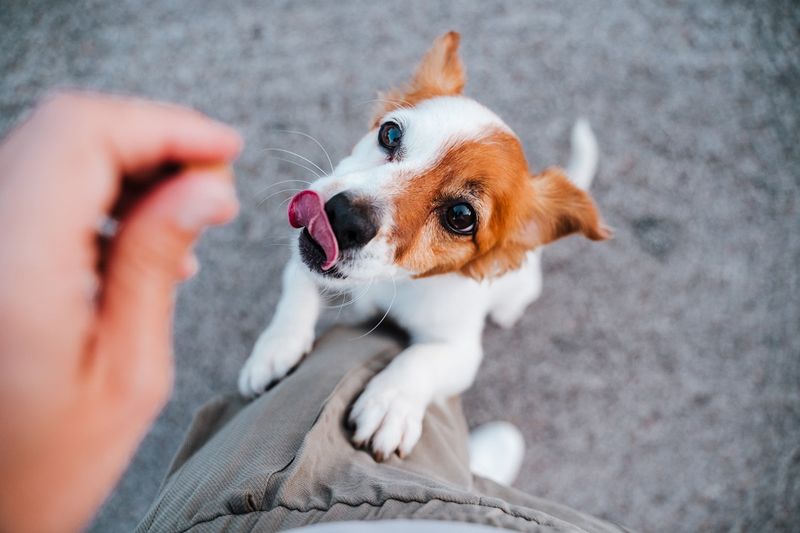
Overfeeding with treats is a sneaky mistake. Picture a dog receiving treats for every small action. Obesity becomes a concern. Balance is key—treats should reward significant behaviors, not every task.
Consider healthier treat options and adjust portion sizes to maintain a healthy weight. Consult with your vet for advice on appropriate dietary plans.
Using affection and verbal praise alongside treats helps reinforce good behavior without the risk of overfeeding. Keep training positive while monitoring your dog’s nutrition.
Mistake 6: Skipping Training Sessions
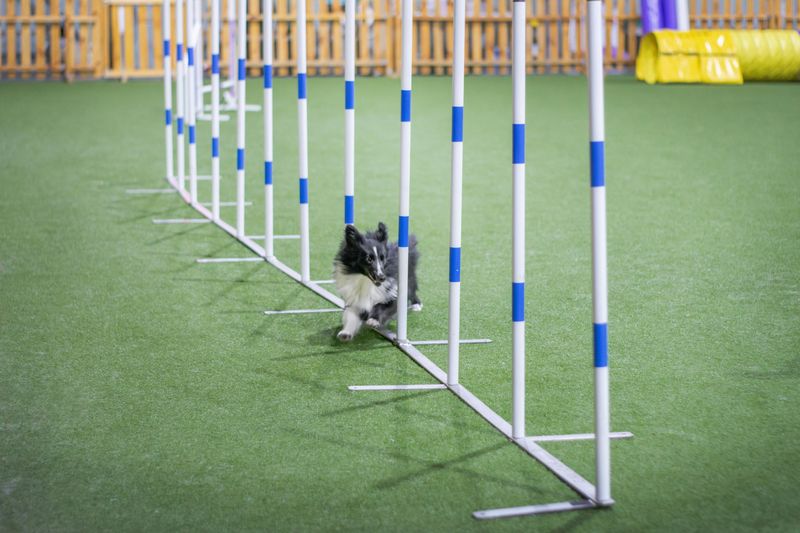
Skipping training sessions leads to slow progress. Visualize missing regular sessions—your dog might forget commands. Consistent training is crucial for progress.
Schedule short, frequent sessions to reinforce learning. Even a five-minute session can make a difference. Regular practice ensures your dog remains sharp and attentive.
Consistency builds a strong foundation, helping your dog retain commands and behaviors longer. Make training a part of your daily routine to see substantial improvement in your dog’s skills.
Mistake 7: Failing to Understand Dog Language
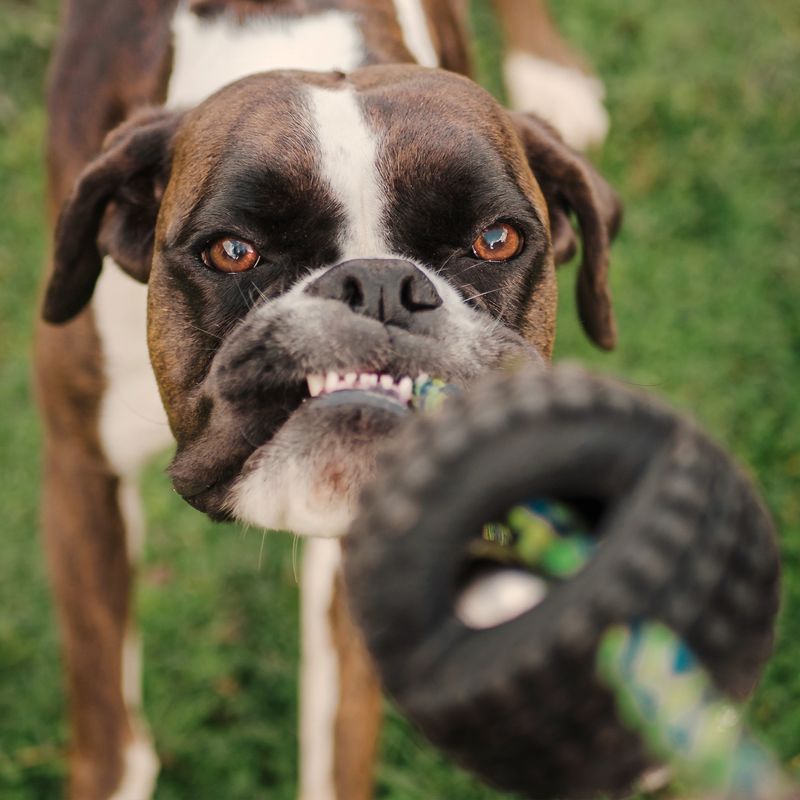
Failing to understand dog language can lead to miscommunication. Imagine misreading your dog’s cues—interpreting a growl as playfulness. Dogs communicate through body language, and understanding this is key.
Learn to recognize signs of stress, happiness, or discomfort. Tail wagging doesn’t always mean joy; context matters.
Educating yourself about canine signals improves your relationship with your pet, enhancing trust and cooperation. This knowledge helps in anticipating your dog’s needs and responding appropriately.
Mistake 8: Not Setting Boundaries

Not setting boundaries can cause chaos. Picture a dog that doesn’t know where it can or cannot go, leading to unruly behavior. Setting boundaries is crucial for harmonious living.
Establish clear rules about where the dog can access, like certain rooms or furniture. Consistent enforcement of these boundaries helps the dog understand its limits.
Utilize tools like baby gates or designated areas to reinforce boundaries. A structured environment helps your dog learn respect and creates a peaceful household.
Mistake 9: Impatience with Progress

Impatience with progress can derail training. Picture expecting immediate results—frustration can set in. Training takes time and patience.
Celebrate small victories and remain patient with your dog’s learning pace. Each dog learns differently; some might take longer to grasp certain commands.
Maintain a positive and encouraging demeanor to motivate your pet. A patient approach fosters a better learning environment, promoting gradual progress and success.
Tip 1: Use Positive Reinforcement

Embracing positive reinforcement is a game-changer. Imagine rewarding good behavior with praise or treats. This strategy encourages repeat performances.
Dogs respond well to positivity and will associate their actions with rewards. Focus on behaviors you want to encourage, reinforcing them consistently.
This method strengthens your bond with your pet, fostering trust and cooperation. Over time, positive reinforcement becomes second nature, leading to a well-behaved and happy dog.
Tip 2: Establish a Routine

A structured routine brings balance. Imagine a dog that knows when to expect meals, walks, and playtime. It feels secure and less anxious.
Routines help dogs understand what to expect, reducing stress and improving behavior. Consistency in daily activities builds trust and comfort for your pet.
Establish feeding, exercise, and training schedules. This regularity aids learning and enhances the dog’s overall well-being. A predictable environment leads to a happier and more obedient dog.
Tip 3: Engage in Mental Stimulation
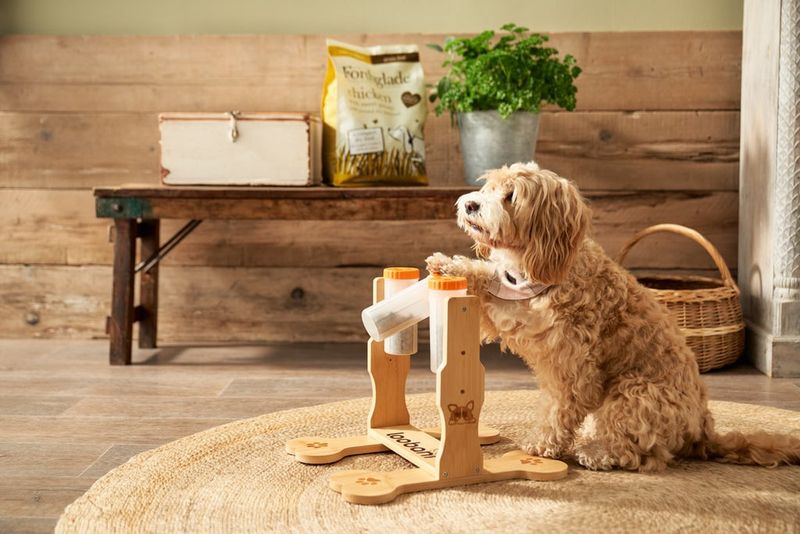
Mental stimulation is vital. Picture a dog solving a puzzle toy, engaging its mind. Such activities keep dogs sharp and satisfied.
Engage your pet with interactive toys, training games, or new tricks. Mental exercises are as crucial as physical activity, preventing boredom and behavior issues.
Variety keeps your dog interested and enhances cognitive development. Incorporate mental challenges into their daily routine for a well-rounded training approach.
Tip 4: Practice Patience
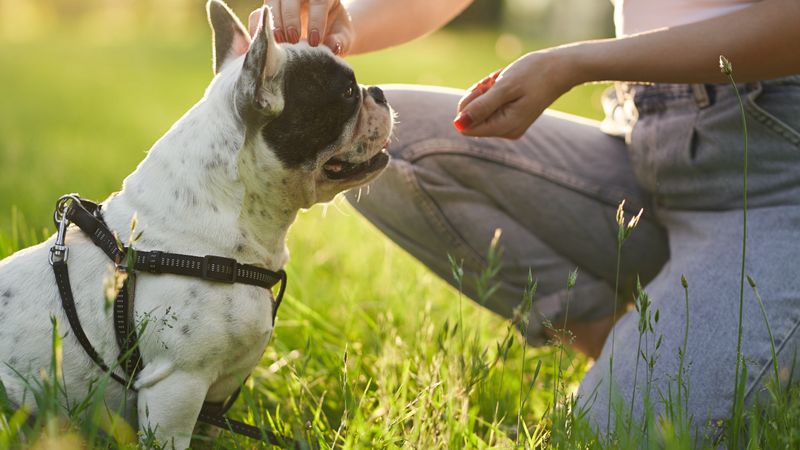
Patience is a virtue in training. Imagine calmly waiting for your dog to learn a new trick. This attitude encourages a positive learning atmosphere.
Each dog learns at its own pace, and patience helps reinforce learning without stress. A patient trainer boosts a dog’s confidence.
Maintain patience during setbacks or slow progress. This supportive approach ensures a stronger bond and a more successful training journey.
Tip 5: Be Consistent with Commands
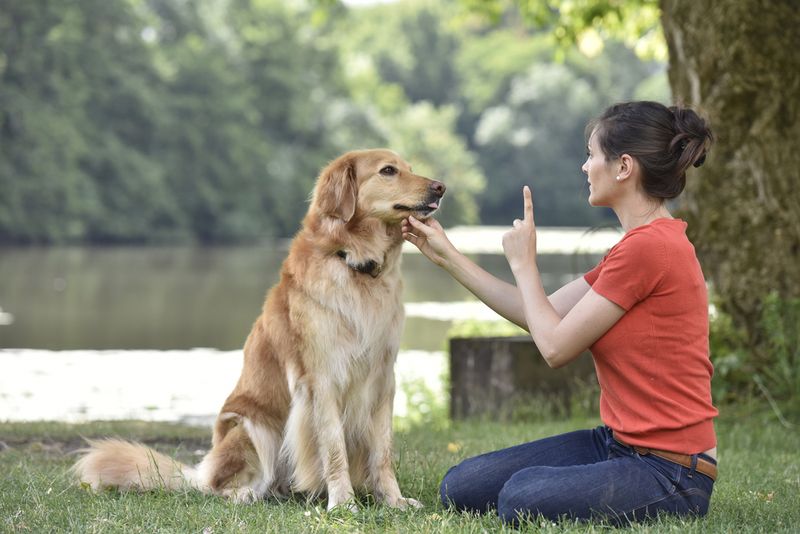
Consistency in commands leads to clarity. Picture a trainer who uses the same words and gestures for commands. The dog learns quickly and accurately.
Using clear and consistent signals helps dogs understand expectations. It prevents confusion and accelerates learning.
By maintaining consistency, you build a reliable communication system with your pet, enhancing the training experience and ensuring better outcomes.
Tip 6: Reward Quickly and Appropriately

Timely rewards are crucial. Imagine rewarding your dog immediately after it performs a desired action. This strengthens the behavior.
Delays in rewards can confuse dogs, as they may not associate the treat with the action. Quick and appropriate rewards reinforce correct behavior effectively.
Ensure rewards match the effort and are given immediately. This practice enhances learning and keeps your dog motivated to follow commands.
Tip 7: Focus on Short Training Sessions

Short training sessions are impactful. Picture a child keeping training concise and engaging. Dogs have short attention spans, and brief sessions hold their interest.
Frequent short sessions are more effective than long, drawn-out ones. They prevent boredom and maintain enthusiasm.
Focus on one command or trick per session to ensure clarity and retention. This approach boosts learning effectiveness and strengthens the dog-owner relationship.
Tip 8: Incorporate Play into Training
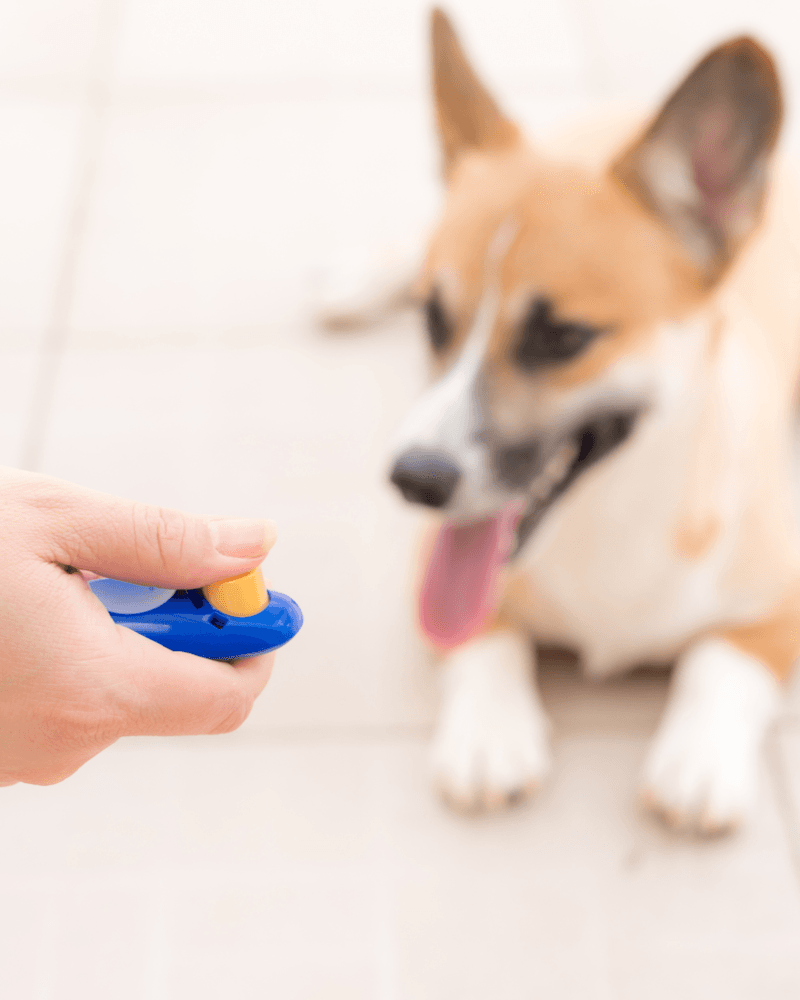
Playful training is enriching. Imagine a couple integrating toys into training, making it fun and engaging. Dogs learn faster when training is enjoyable.
Incorporate play elements like fetch or tug-of-war to reinforce commands. This approach keeps training dynamic and exciting.
Playful interactions strengthen the bond with your pet, creating a positive learning experience. Use play as a tool to enhance focus and cooperation.
Tip 9: Use Clear Body Language

Body language speaks volumes. Imagine a trainer using clear gestures alongside verbal commands. It aids understanding.
Dogs interpret body language efficiently, and clear signals enhance communication. This practice complements verbal commands and boosts training results.
By aligning your gestures with words, you create a consistent and effective communication system with your dog. Clear body language fosters trust and obedience.
Tip 10: Seek Professional Guidance

Professional guidance can transform training. Imagine an expert offering tailored advice for your dog. This support addresses specific challenges.
Trainers provide insights into behavior, helping you overcome obstacles. If issues persist, professional help can be invaluable.
Seeking expert advice ensures a personalized approach, enhancing the training process. This collaboration leads to better outcomes and a more harmonious relationship with your pet.

